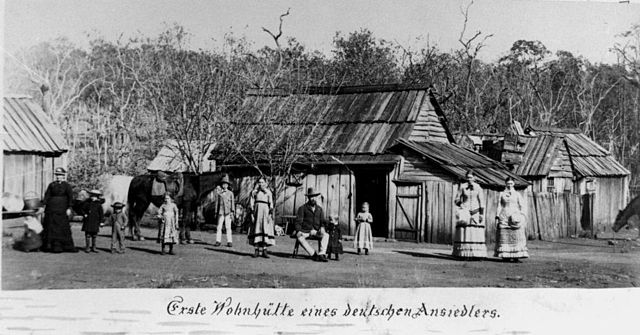That Christian churches have been a force for change at many times in history, no one can deny. Concerning how often and how important, there is a huge range of opinion. Probably the most ardent Christian social reformers would be the first to admit that Christian churches have usually been deplorably, tragically tardy in pushing for social reforms that in retrospect are obvious. On immigration, I would like to see the churches take a much stronger role than they have. On the other hand, it seems to me that to the extent that churches do take stands on these issues they are consistently on the liberal (in the best sense) and humane side of the spectrum, relative to America’s political center of gravity. The below article is a case in point.
New York Times: Evangelical Groups Call for New Stance on Illegal Immigration
Some of the nation’s most influential evangelical groups urged a solution to illegal immigration on Tuesday that defies the harsh rhetoric of the Republican primary race, which continues to undermine Mitt Romney’s appeal to Hispanic voters.
The call by the groups represents a recognition that in one bedrock element of the conservative movement — evangelical Christians — the demography of their followers is changing, becoming more Hispanic, and that Republican leaders risk being out of step with their hawkish talk of border fences and immigration crackdowns like those in Arizona.
Tom Minnery, the senior vice president of policy for one evangelical group, Focus on the Family, said many of the 11 million to 12 million illegal immigrants should be free to “come out of the shadows” and “begin the process of restitution” leading to attaining legal residency.
Mr. Minnery spoke at a Capitol Hill news conference called to announce that more than 150 Christian evangelical leaders, including from the Southern Baptist Convention and the National Association of Evangelicals, were endorsing an overhaul of immigration policy.
The evangelical leaders expressed opposition to such notions as “self-deportation,” which Mr. Romney favored in a Republican debate and which urges strict enforcement of laws to encourage illegal immigrant workers to leave the country.
A pro-reform movement has been percolating among evangelical groups for the past two to three years, with organizations and churches that align with Republicans on issues like abortion and gay marriage supporting President Obama on immigration reform.
The National Association of Evangelicals, which represents more than 40 denominations, passed a resolution calling for a comprehensive immigration overhaul in 2009. The Southern Baptist Convention did so last year.
It called for “just, fair immigration reform,” said Richard Land, president of the Southern Baptists’ ethics commission, who also attended Tuesday’s news conference.
“It passed with at least an 80 percent vote,” he said, “and four of five Southern Baptists is about as good as you’re going to get on any given day on anything.”
But Focus on the Family, the radio ministry based in Colorado, was a newcomer to the cause of an immigration overhaul.

